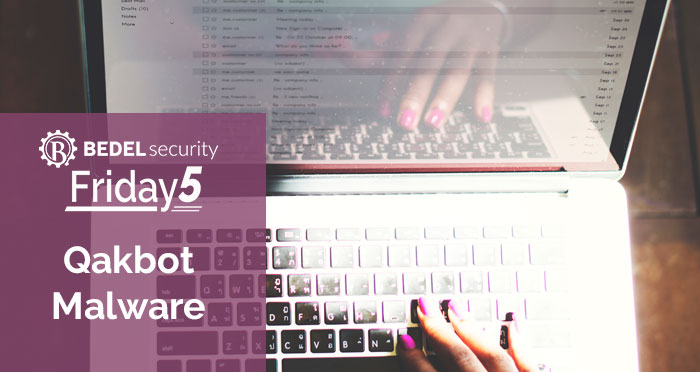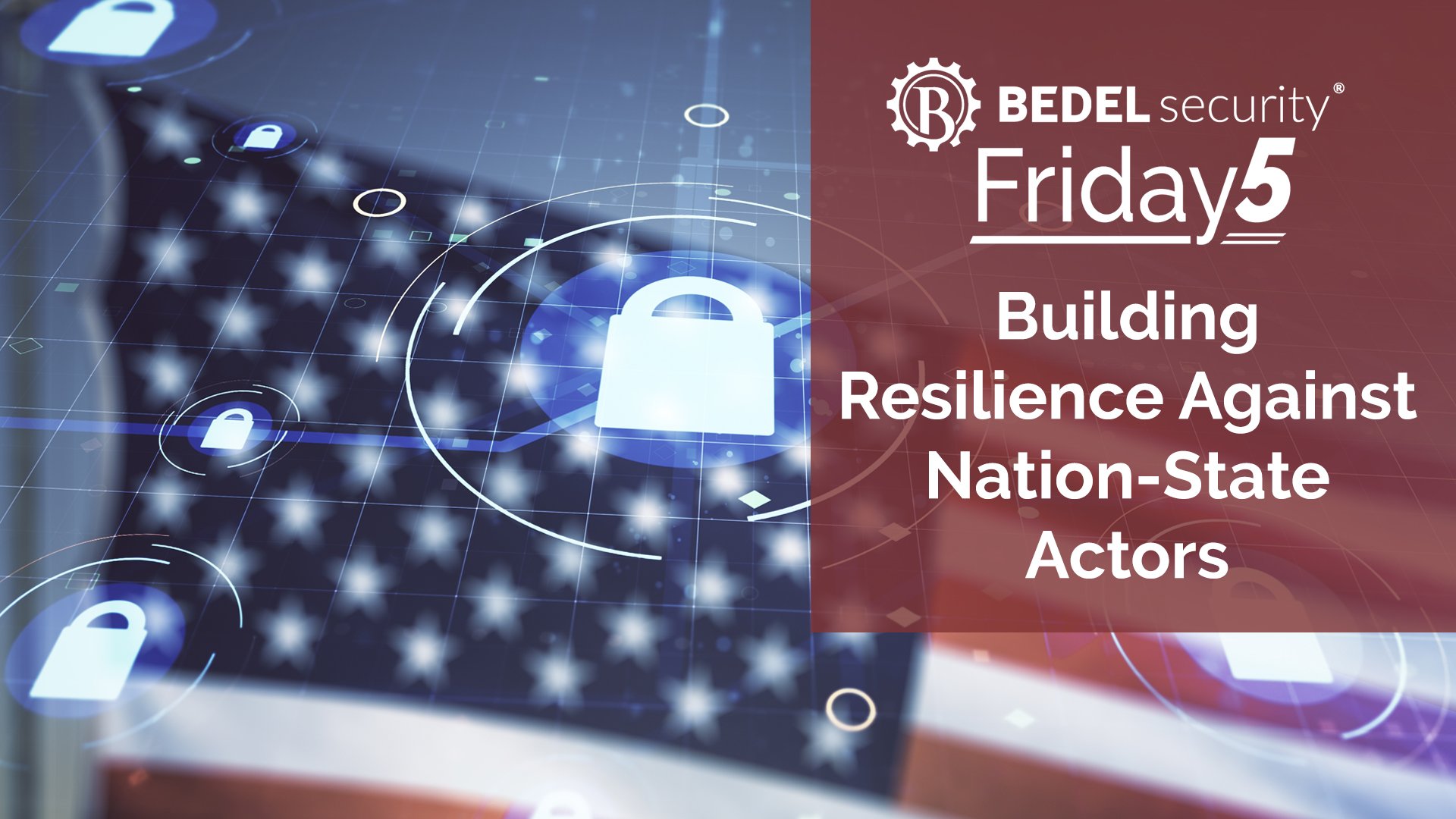Qakbot Malware
Qakbot (also known as Quakbot or Qbot) is a malware strain that has been used to attack financial institutions since 2008. It’s primary target is...


In our line of work, we see many institution’s environments, cultures, and positions on the journey of their information security programs. One of the most common pitfalls is the belief that a single person can check a magic box that makes everything compliant, from their silo that touches nothing else. This single act alone would then ward off any bad events from happening, kind of like voodoo magic. I would like to state that this strategy is not effective.
Why? Well, because information security is a team sport. Bear with me while I try to explain. We need information to take care of customers. We must use this information to provide value for those customers. Our customers want things to be fast efficient, correct, which requires multiple people and systems to touch that information. However, that same information about the customer and the systems that we produce value for the customer can also produce value for criminals. For a more in-depth conversation on the value of information and hacked computers for criminals, Krebs on Security has a couple of great articles: https://krebsonsecurity.com/2012/10/the-scrap-value-of-a-hacked-pc-revisited/ and https://krebsonsecurity.com/2013/06/the-value-of-a-hacked-email-account/.
To get to the system, the criminals need access. What’s in the way? The users. The actions they take or don’t take make all the difference. Here are five more reasons Information Security is a team sport:
If you need help developing an information security culture or training your users, we would love to help you. Contact support@bedelsecurity.com.
The Virtual CISO Whitepaper
https://www.bedelsecurity.com/the-virtual-ciso-whitepaper
Independent Collaboration Part 1: A Concept for Outsourcing IT in Financial Institutions
https://www.bedelsecurity.com/blog/independent-collaboration-part-1-a-concept-for-outsourcing-it-in-financial-institutions
Independent Collaboration Part 2: A Framework for Outsourcing IT in Financial Institutions
https://www.bedelsecurity.com/blog/independent-collaboration-part-2-a-framework-for-outsourcing-it-in-financial-institutions
Culture Counts
https://www.bedelsecurity.com/blog/culture-counts

Qakbot (also known as Quakbot or Qbot) is a malware strain that has been used to attack financial institutions since 2008. It’s primary target is...

Ransomware has become more common in the past year with the hackers constantly changing tactics, such as moving from infecting backups to deleting...

Given the current international climate, it is critical to maintain vigilant and ongoing monitoring of both cyber and physical threats to the...